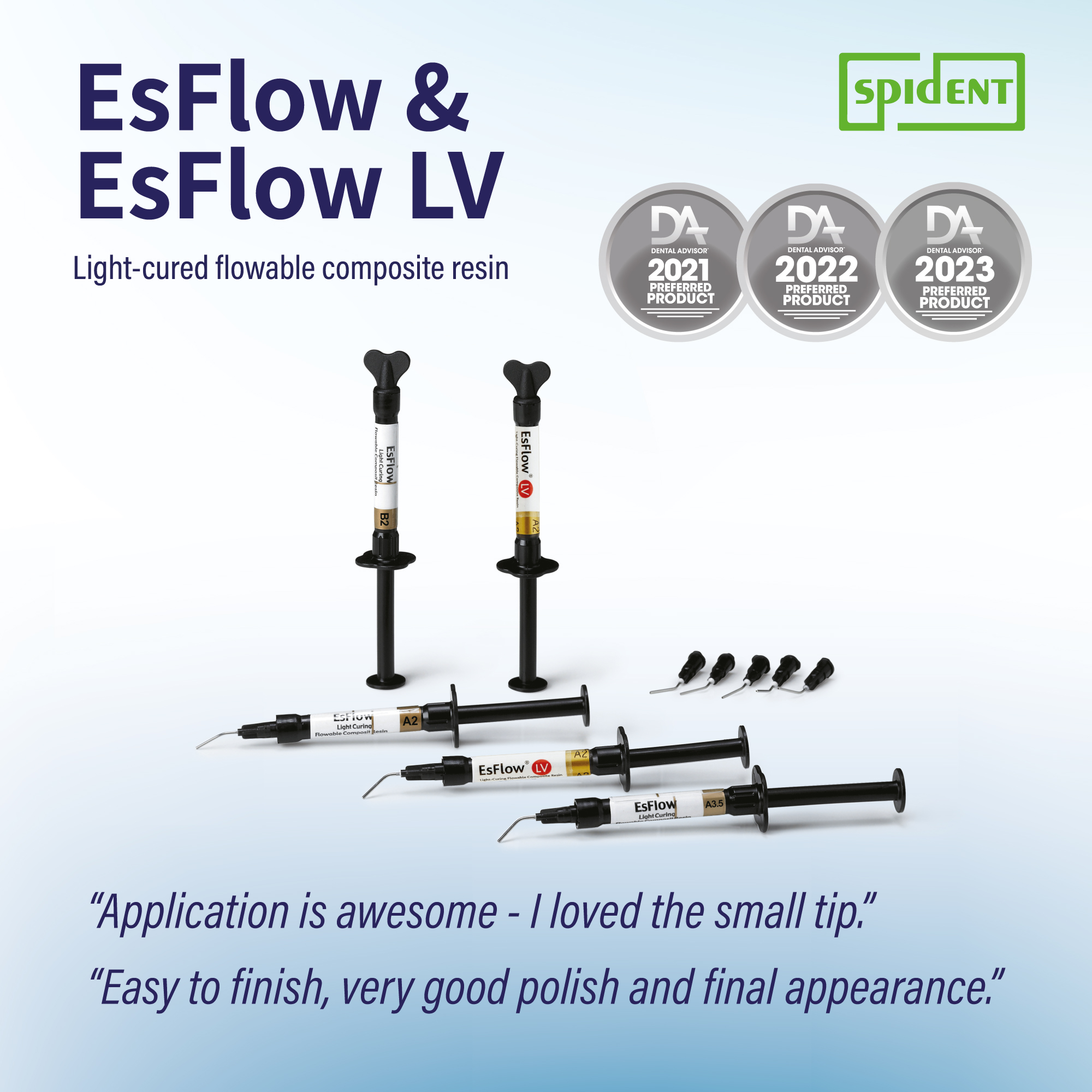
A Comprehensive Guide Choosing the right dental composite brand is a critical decision for any dental practice. With numerous options available such as such as 3m,Ivoclar, Tokuyama, GC, Spident, Kulzer and SDI. Selecting the best composite can be daunting. Here are some key considerations to help you make an informed decision:
1. Clinical Application Different composites are formulated for specific clinical applications. Identify the primary use cases in your practice to select the most suitable composite type: – Anterior Restorations: For front teeth, aesthetics are paramount. Choose a composite with excellent translucency and shading options. – Posterior Restorations: For back teeth, strength and wear resistance are crucial. Opt for a composite known for its durability and resistance to occlusal forces.
2. Aesthetic Properties A high-quality dental composite should closely mimic the natural appearance of teeth. Look for the following aesthetic features: – Shade Range: A wide range of shades allows for better color matching. – Translucency and Opalescence: These properties help the composite blend seamlessly with natural teeth. – Polishability: A composite that can be polished to a high gloss will offer a more natural look.
3. Handling Characteristics The ease of use of a dental composite can significantly impact the outcome of the restoration. Consider the following handling features: – Consistency: Some composites are thicker and more sculptable, while others are softer and easier to spread. Choose based on your preference and the specific procedure. – Working Time: Ensure the composite offers sufficient working time to shape and place it without rushing. – Stickiness: Composites that stick to instruments can be frustrating to work with.
4. Mechanical Properties The longevity and performance of the composite depend on its mechanical properties: – Compressive and Flexural Strength: These properties indicate how well the composite can withstand biting forces. – Wear Resistance: Important for posterior restorations, good wear resistance ensures the composite lasts longer. – Shrinkage: Lower polymerization shrinkage reduces the risk of gaps and marginal leakage.
5. Bonding and Adhesion Effective bonding is crucial for the success of a composite restoration. Ensure the composite is compatible with your bonding agents and offers strong adhesion to the tooth structure.
6. Manufacturer Reputation and Support Choose a composite from a reputable manufacturer known for quality and reliability.
7. Dental advisor make yearly best product worldwide.
